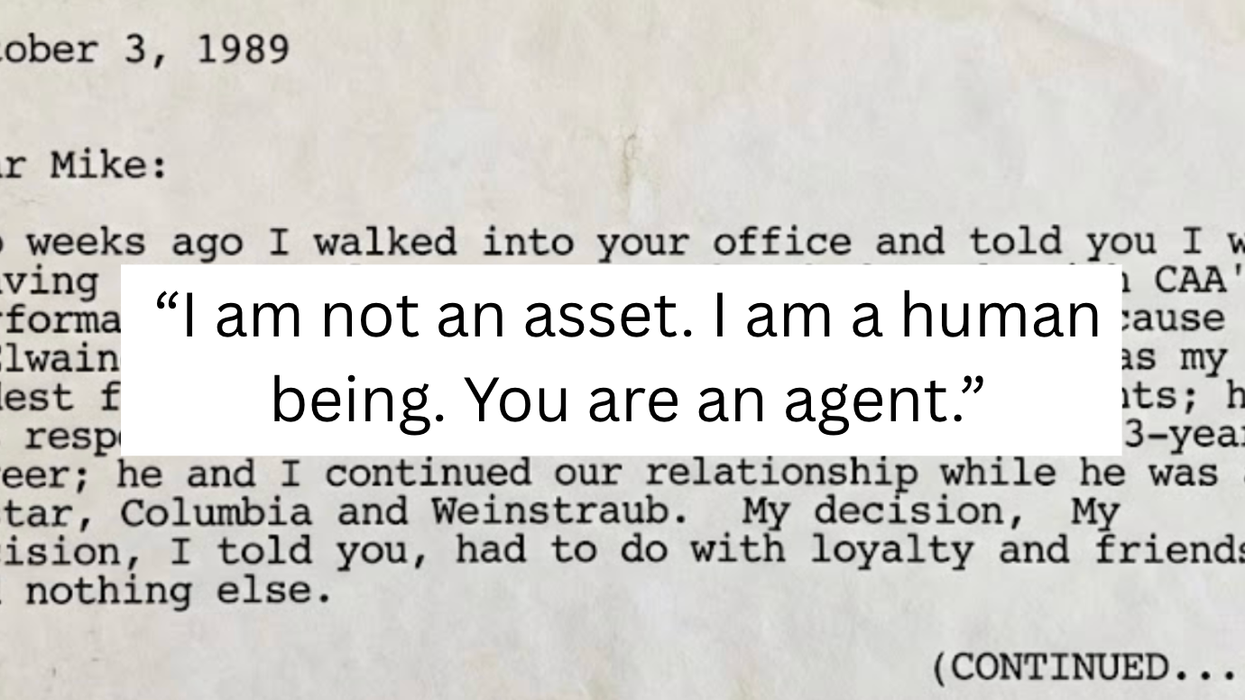We always suspected that whisky was part of the solution.
The famous Speyside region of Scotland is home to half of the country's 100 distilleries. They supply Scotland (and the rest of the world) with great whisky, of course, but that distilling process also results in lots of spent grains.
Now that byproduct of the whisky-making process is going to keep the lights on as well, thanks to a new biomass plant in the village of Rothes that just got the go-ahead. The plant will take spent grains from 16 of Speyside's distilleries—including Glenlivet, Chivas Regal, and Macallan—and burn them with woodchips to create electricity for the region. The plant will also create fertilizer and animal feed from a residue called "pot ale" that collects in the distilleries' copper stills.
The 7.2-megawatt Rothes plant is expected to be up and running by 2013 and will provide as much electricity as two wind turbines—enough for roughly 9,000 homes. That will save 46,000 tons of carbon dioxide compared to coal-generated electricity.
The could have just built a few whiskey distilleries in Cape Cod instead of that controversial offshore wind farm. The Kennedys would never have complained.
UPDATE: In response to a comment, we went ahead and used the e-less version of the word for the Scotch brew, but it's worth pointing out that this fascinating whiskey/whisky issue has also vexed The New York Times.
Image of the Glenrothes distillery (cc) from Flickr user yvescosentino
















 Otis knew before they did.
Otis knew before they did.